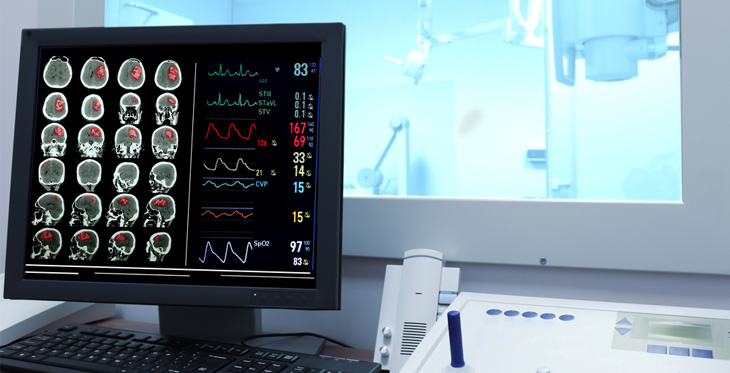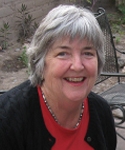Jack Porter isn’t one to admit he had a stroke three years ago.
“I didn’t have a stroke,” he will tell you. “I had a stroke of luck.”
Porter, who has lived in Bisbee since he was two weeks old, was unable to talk or move his left leg or left arm when he arrived at Copper Queen Community Hospital’s emergency room. Daniel Roe, MD, chief medical officer and director of emergency services and telemedicine at Copper Queen, ordered a CT scan that showed a clot forming on the right side of Porter’s brain.
But there was no neurologist at the hospital to advise what to do next. And that’s what led to Porter’s “stroke of luck.”
Copper Queen Community Hospital is one of 170 hospitals and health care facilities statewide connected to the Arizona Telemedicine Program, based at the University of Arizona in Tucson.
Roe was able to contact a stroke specialist at the Mayo Clinic Hospital in Phoenix, and transmit Porter’s scan to the specialist via the Mayo Clinic Telestroke network. A live audio-video telemedicine assessment swiftly followed. Based on what Roe told him about Porter’s condition and what he saw on the clinical video examination and scan, the Mayo specialist recommended immediate treatment with an injectable “clot-busting” drug called TPA.
Within 15 minutes, Porter was able to get up off his ER bed and walk.
“It works. It saves people’s lives,” Porter says of the Arizona Telemedicine Program. “Thanks to Telemedicine, I was one of the lucky ones. I also have to thank our local emergency responders. They arrived within about a minute and a half of my call. The people at Copper Queen – without everybody working together, I wouldn’t have been so lucky.”
In 2009, Copper Queen joined with hospitals in Douglas, Benson, Willcox and Safford to form the Southern Arizona Telemedicine Alliance. With funding from UnitedHealthcare, telemedicine equipment was installed at each site, with the specific goal of improving stroke care for patients in those communities.
Roe describes Porter’s experience as “a really dramatic rescue. Bisbee is a population of about 5,500, and we have a very nice set of internists and family practice physicians, but almost no specialists, and no neurologist.”
“With Telemedicine, we’re able to bring specialists into the room with the patient,” Roe says. “It makes a dramatic difference in the options our patients have, and it really elevates the standard of care. We can make sure the level of care our patients get is equal to the care they would get in an urban location like Tucson or Phoenix.”

